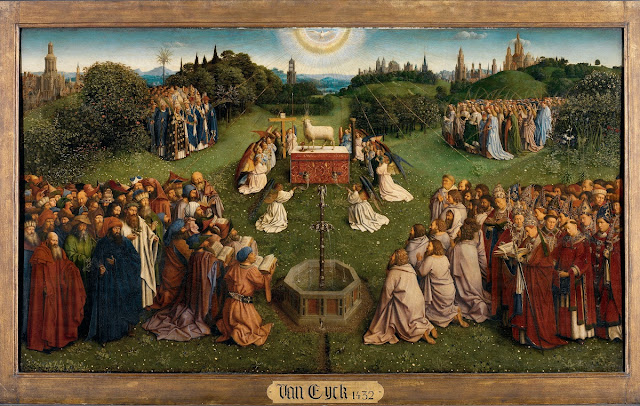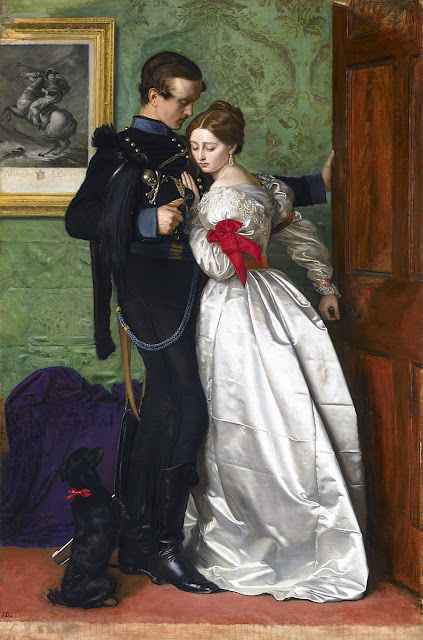Ten of the Weirdest Paintings in the History of Art

Happy April Fools’ Day! To celebrate the silliest holiday, I’ve decided to share some of the weirdest and most bizarre paintings I’ve encountered in the history of art. Truth Coming Out of Her Well Source: Wikimedia Commons 1. Truth Coming Out of Her Well by Jean-Léon Gérôme All of the paintings I’m going to talk about today are weird; however, I have to say that this painting is particularly strange. Truth Coming Out of Her Well is an allegorical paintings that depicts truth as a naked woman climbing out of a well. The piece is based on a quote from the philosopher Democritus: "Of truth we know nothing, for truth is in a well." In Gérôme’s vision of the saying, Truth carries a whip “to chastise mankind.” The image of a naked woman climbing out of a well is pretty absurd on its own, but her ridiculous expression is what really makes this painting so goofy. I mean, look at that face, it’s so memeable! Saint Lucy Source: Wikimedia Commons 2. Saint Lucy by Domenico Beccafumi ...











